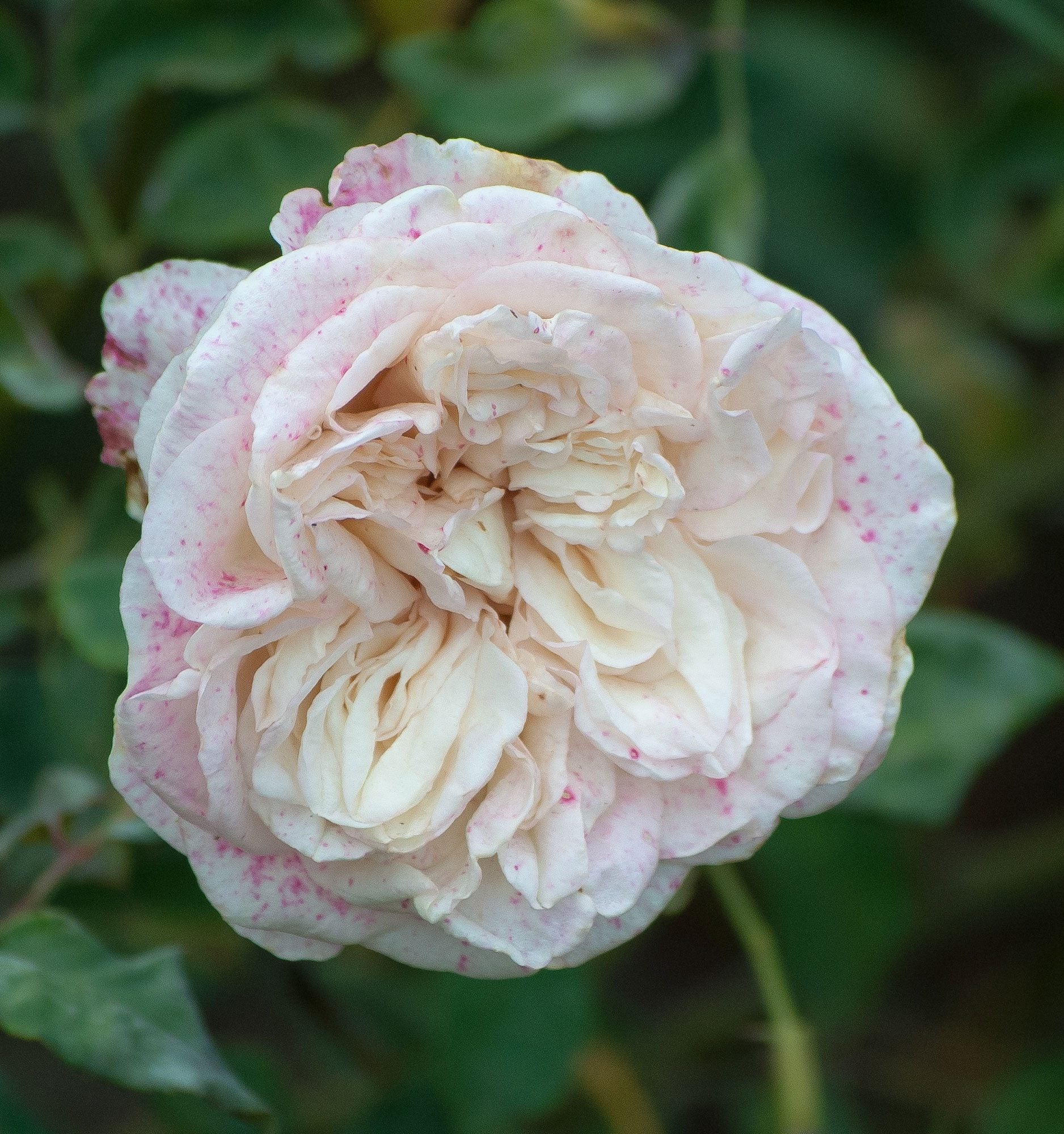Botrytis Control On Roses


Botrytis blight fungus, also known as Botrytis cinere, can reduce a blooming rose bush to a mass of dry, brown, dead flowers. Botrytis blight in roses can be treated, however.
Symptoms of Botrytis on Roses
The botrytis blight fungus is sort of grayish brown and looks fuzzy or wooly. The botrytis blight fungus seems to attack mostly hybrid tea rose bushes, attacking the leaves and canes of the subject rose bush. It will prevent the blooms from opening and many times causes the bloom petals to turn brown and shrivel up.
Botrytis Control on Roses
Rose bushes under stress will be extremely vulnerable to this fungal disease. Make sure that you are caring for your roses properly, which means making sure your roses are getting enough water and nutrients. Rainy and high humidity climatic conditions create just the right mix to bring on an attack of botrytis on roses. Warmer and drier weather takes away the humidity and moisture that this fungus loves to exist in, and under such conditions, this disease will usually discontinue its attack. Good ventilation through and around the rose bush helps keep the humidity buildup within the bush down, thus eliminating a favorable environment for the botrytis disease to get started. Spraying with a fungicide can give a bit of temporary relief from botrytis blight in roses, however, the botrytis blight fungus does become quickly resistant to most fungicidal sprays. Make sure that if you have a rose with botrytis blight you are careful to discard any dead material from the plant in the fall. Do not compost the material, as botrytis fungus can spread the disease to other plants.
Gardening tips, videos, info and more delivered right to your inbox!
Sign up for the Gardening Know How newsletter today and receive a free copy of our e-book "How to Grow Delicious Tomatoes".

Stan V. Griep contributed to Gardening Know How for many years, and has been a Colorado Native Rosarian for over four decades. He is an American Rose Society Certified Consulting Master Rosarian in the Rocky Mountain District, and a member of the Denver Rose Society, the Loveland Rose Society, and the American Rose Society. He is Gardening Know How's in-house expert on all things roses.
-
 Looking For Plants To Give You The Soft And Fuzzies? Try These 5 Fuzzy Leaf Plant Options
Looking For Plants To Give You The Soft And Fuzzies? Try These 5 Fuzzy Leaf Plant OptionsLovers of texture, drama, silver foliage and tactile plants will adore these special sensory garden additions. These fuzzy leaf plant options will leave you all aglow
By Susan Albert
-
 Get Ready For A Summer Of Hummers! Grow These Full Sun Hummingbird Plants and Flowers
Get Ready For A Summer Of Hummers! Grow These Full Sun Hummingbird Plants and FlowersIf you’re lucky enough to enjoy a sunny backyard, make sure you are maxing out on your pollinator opportunities and grow these full sun hummingbird plants and flowers
By Tonya Barnett